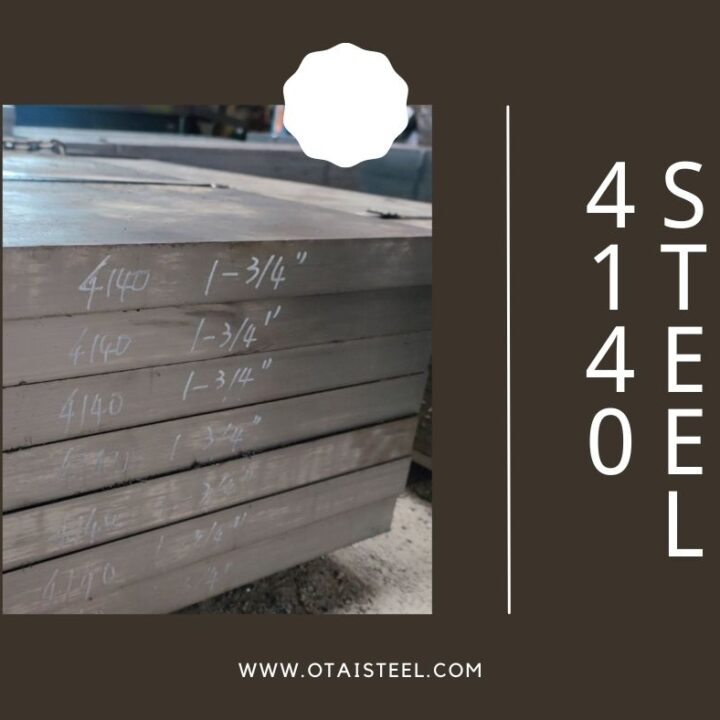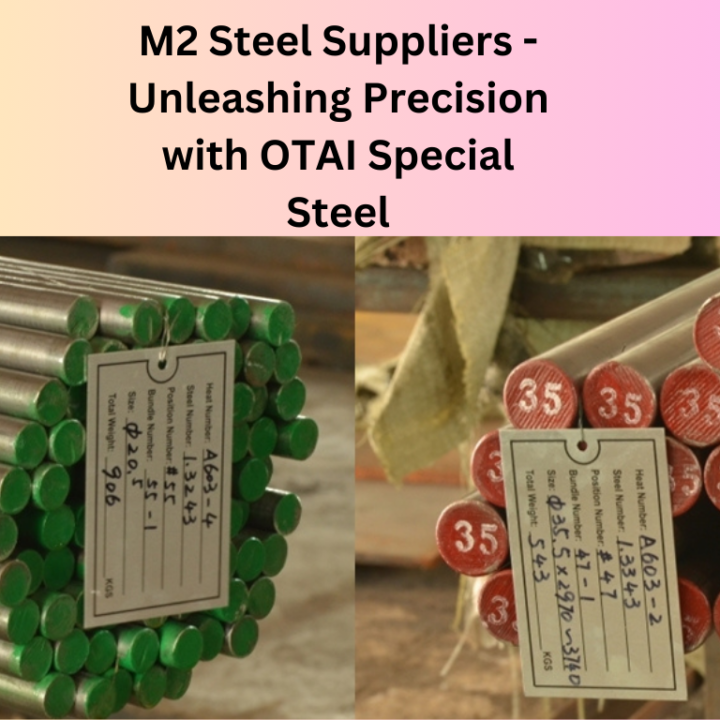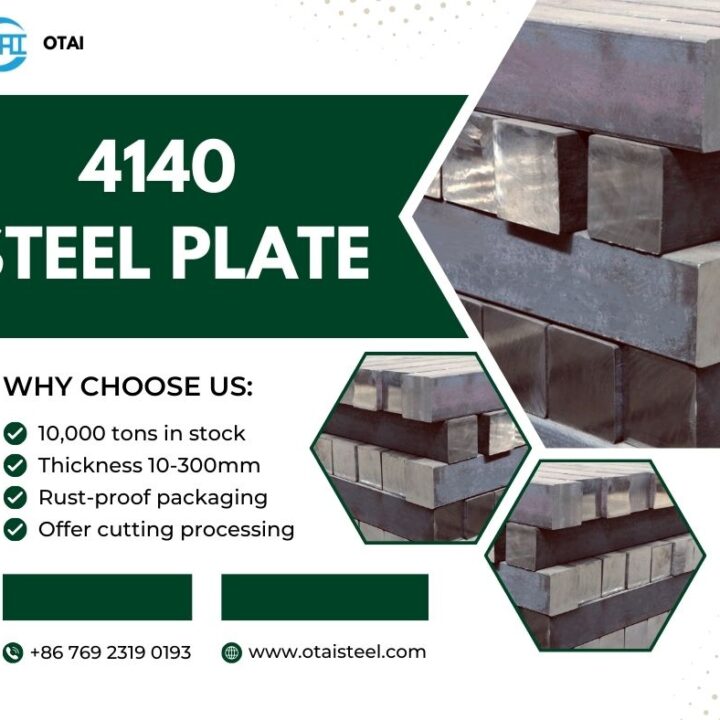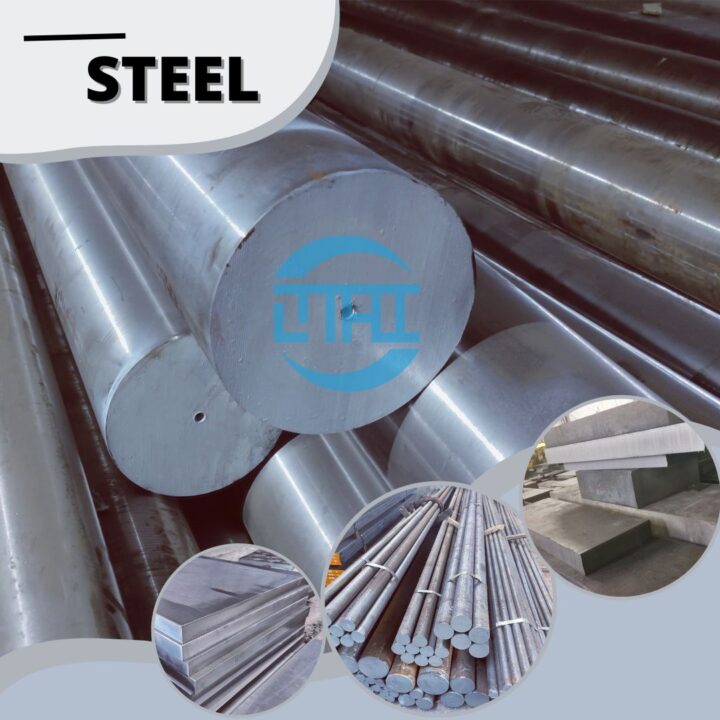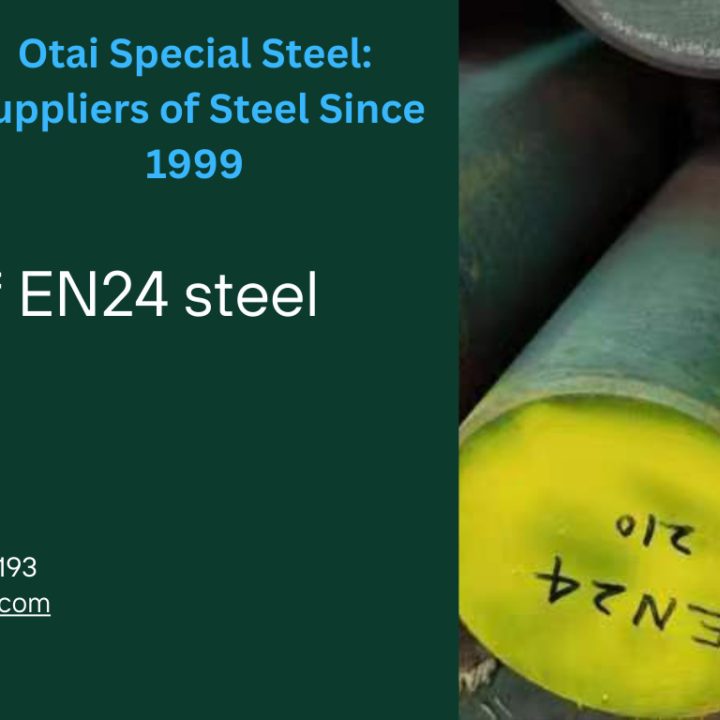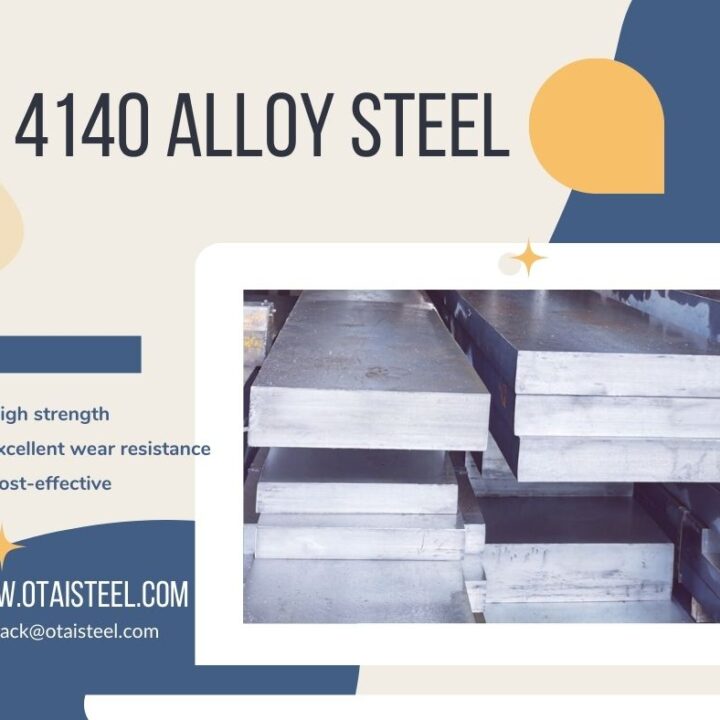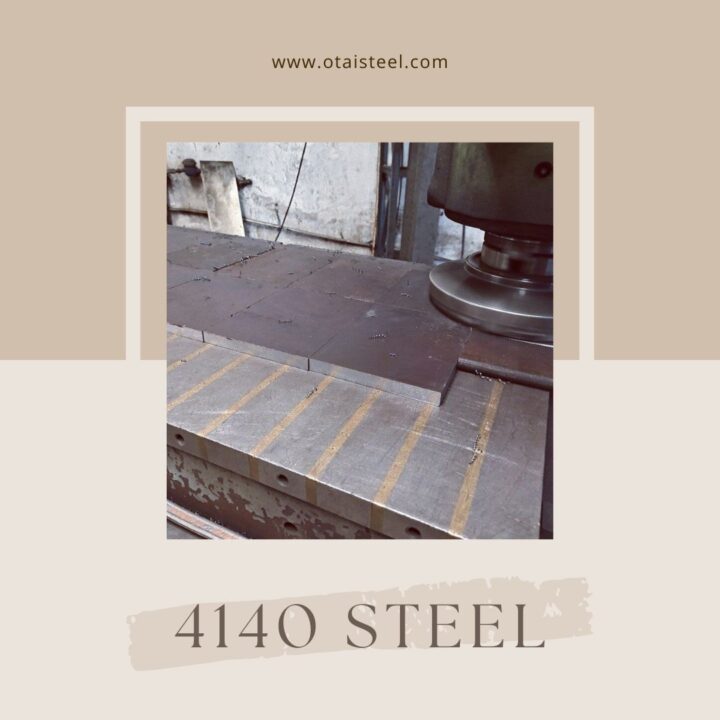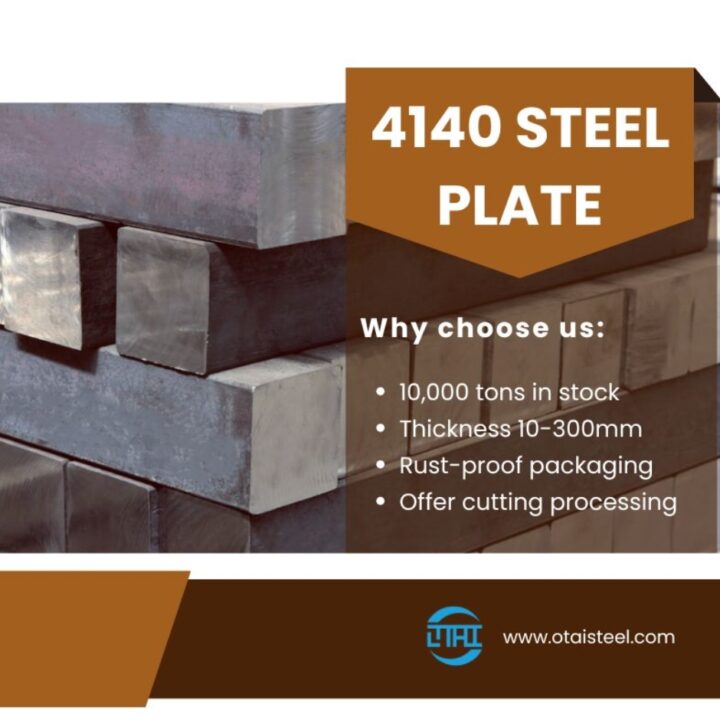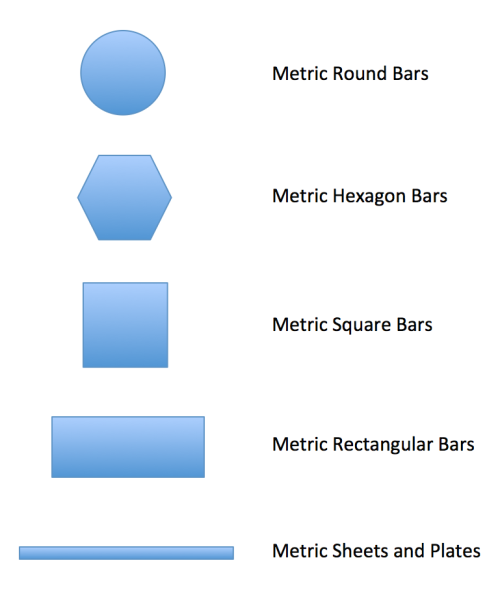H13 STEEL APPLICATION IN LIFE-Chapter 12
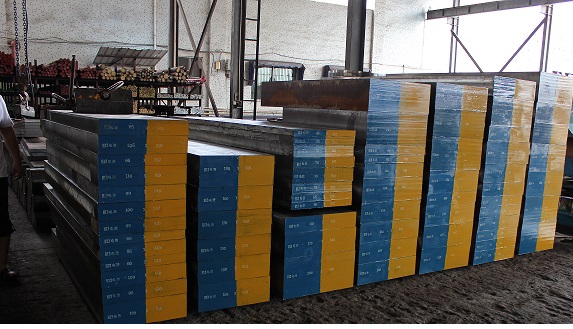
Compared to the conventional cast or wrought material, the LC H13 tool steel demonstrated excellent tensile properties. From the Refs. [24–26], the yield and tensile strengths of the annealed cast or wrought H13 were about 370–510 and 670 MPa, respectively, while the yield and tensile strengths of the wrought H13 in hardened condition were in the range of 1290–1570 and 1500–1960 MPa, respectively. The tensile and yield strengths of the as-consolidated H13 were substantially higher than the annealed cast or wrought H13, and comparable to the hardened wrought H13. The elastic modulus of the as-consolidated H13 was about the same as the wrought material. However, the elongation of the as-consolidated H13 material was about 5%–6%, which was lower than the hardened wrought H13. A post heat treatment might be used to improve the elongation of the LC H13 material if required.
The LC H13 showed very good wear resistance. The pin-on-disk wear test results indicated that, under the given test conditions (3.175 mm diameter Cr steel ball of Rc.63; 250 g test load; total 4000 m sliding distance), as-consolidated H13 specimens showed significantly improved wear resistance as compared to hardened wrought H13 specimens. For example, the average volume loss of the as-consolidated H13 specimens was about 0.14 mm3, which was only about 1/3 of the volume loss of the hardened H13 tempered at 482°C (0.4 mm3) and about one order of magnitude less as compared to the annealed wrought H13 material (1.45 mm3). In addition, the average wear volume loss of Cr steel balls tested against the LC H13 specimens (0.21 mm3) was also significantly less (only 1/3 to 1/4) than that of the balls tested against the hardened or annealed wrought H13 specimens (0.56–0.88 mm3).
Microstructures in interface region and strengths of friction stir lap Al-to-Steel and Al-to-Ti welds
Experimental procedures
FSLW experiments were conducted using a converted milling machine. As indicated in Fig. 1, the top plate was an Al alloy and 6 mm thick AA6060-T5 alloy was used. The bottom plate was either 2 mm thick mild steel or 2.5 mm thick Ti-6Al-4 V alloy. The use of a sufficiently thick top plate was to prevent fracturing in the heat affect zone and to instead cause fracture along the interface region during mechanical testing. Before each experiment, the steel or the Ti plate was wire brushed to remove the surface oxide. FS tools were made using heat treated tool steel (H13). The diameter of the shoulder was 25 mm and the threaded pin outside diameter was 6 mm. Tool tilt angle was 2.5°, ω = 1,400 rpm, and v = 20 and 80 mm/min. A LowStirTM unit was used and mounted in the milling machine for monitoring Fz.
Fig. 2 illustrates an experiment where Fz was also used to further assist Dp setting. Higher and instable Fz values should represent Dp > 0 and low and stable values represent Dp ≤ 0. Samples were taken from the weld with sampling regions also shown in the figure. Corresponding to Region 1, during the experiment, the tool started to be lowered very slowly and slightly. The recorded steadily increasing Fz values have ascertained that the pin just touched the bottom plate but Dp should be close to zero. On the other hand, in Region 2, the tool was lowered quickly and repeatedly. Thus, in this region, Dp should mostly be larger than zero although Dp may actually vary.
